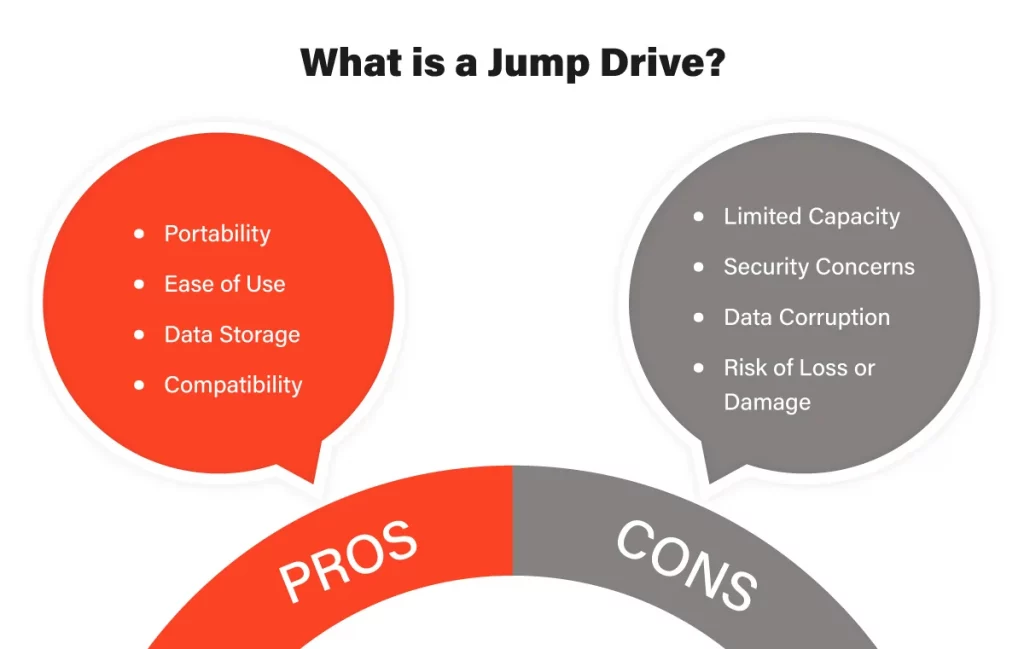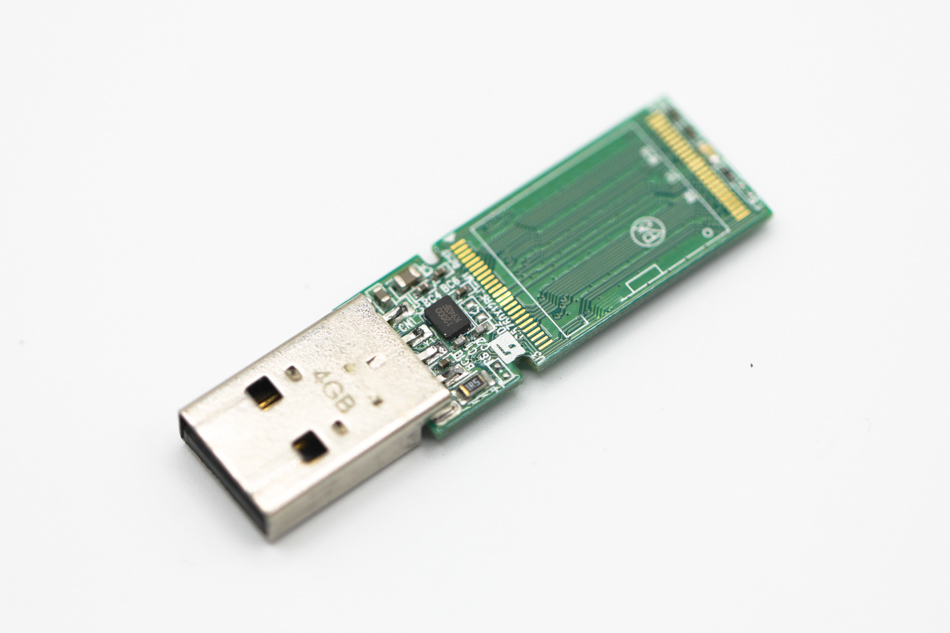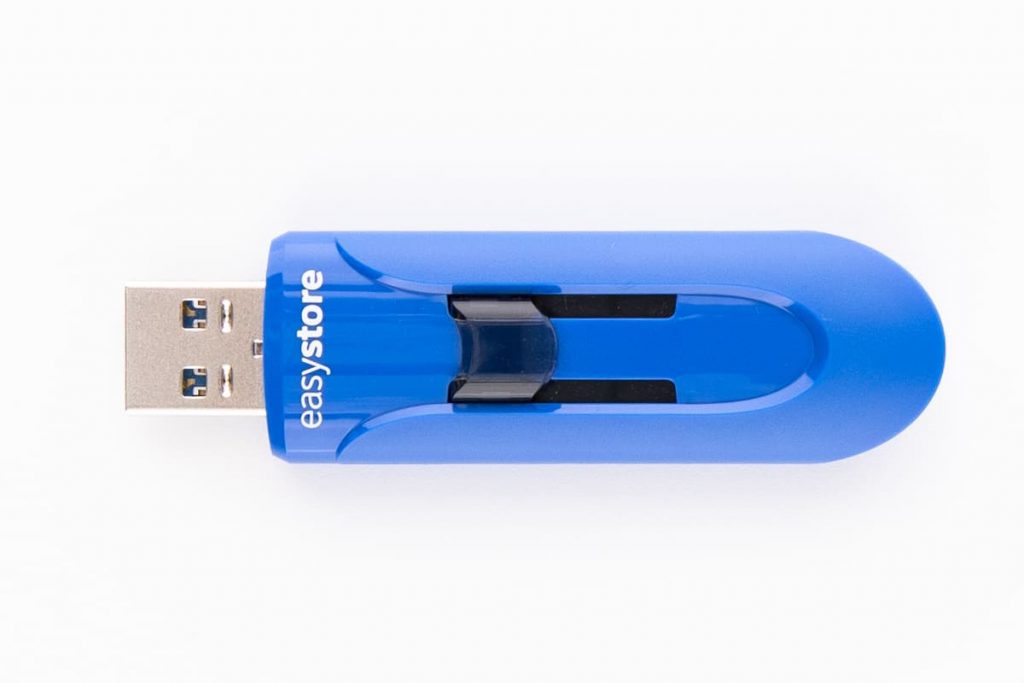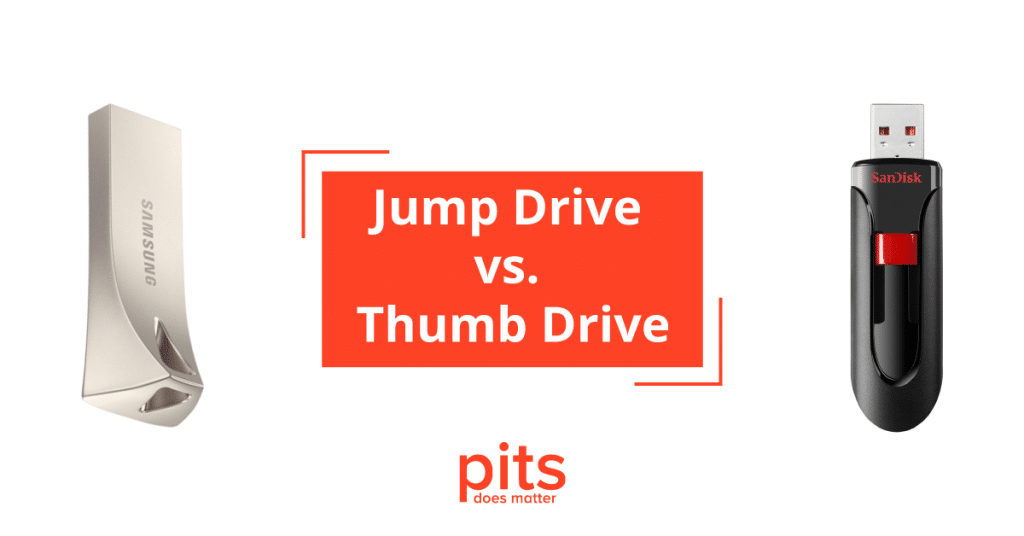In today’s fast-paced digital age, portable USB storage devices have become a fundamental necessity. They function as digital backpacks holding important files, documents, and memories, making data storage and transfer much more convenient. However, people often confuse the terms used for these devices: “Jump Drive” and “Thumb Drive.”
Understanding the realm of portable storage can often resemble cracking a code of technical language. Is there a distinction between Jump Drives and Thumb Drives, or are they interchangeable? The truth is more intricate than anticipated. This blog delved into the enigmas encircling these terms, their origins, typical usage, technical capabilities, and impact on our digital existence.
What Are Jump Drives and Thumb Drives?
Regarding portable USB storage, “Jump Drive” and “Thumb Drive” are frequently used interchangeably, leading to some user confusion. Let’s delve deeper into these expressions to comprehend their origins and definitions.
Jump Drive
The term “Jump Drive” refers to a portable USB storage device. It originated in the early 2000s when Lexar introduced a line of USB flash drives called “JumpDrive” as part of their brand marketing efforts. Over time, the term “Jump Drive” has become somewhat synonymous with USB flash drives in general, despite being a brand-specific name.

A Jump Drive typically includes a small, pocket-sized device with a USB connector on one end and a compact storage chip inside. Manufacturers produce them in various storage capacities, ranging from a few gigabytes to multiple terabytes in some modern versions.
Users primarily utilize Jump Drives to store and transfer data, including documents, photos, videos, and more. They work with various devices, including computers, laptops, gaming consoles, and even smartphones.
Thumb Drive
On the other hand, “Thumb Drive” is another term people use interchangeably with Jump Drive. The name “Thumb Drive” comes from their small size, about the size of a human thumb, making them easy to handle and carry around. Like Jump Drives, Thumb Drives serve the same purpose: they store and transport digital data.
Thumb Drives, similar to Jump Drives, have a USB connector and storage memory and come in different storage capacities. Their versatility makes them indispensable for backing up crucial files or swiftly exchanging data across devices.
Thumb Drive vs Jump Drive Misconceptions
One common misunderstanding is that these terms represent different categories of devices with exclusive characteristics or functions. The disparities between Jump Drives and Thumb Drives primarily stem from past marketing decisions rather than fundamental variations in technology or usage.
There can be confusion due to differences in terminology across regions. You may come across various names for the same devices, depending on your location.
For instance, some areas refer to them as “USB sticks” or “flash drives.” Understanding that these regional variations are alternative names for identical products is crucial.
Difference Between Flash Drive, Thumb Drive and Jump Drive
These terms are related but have differences that can enhance our understanding. All three describe portable storage devices that use flash memory for data storage. Let’s explore them to discover their unique characteristics and histories.
Thumb Drive
- A “Thumb Drive” commonly denotes a compact portable USB storage device that can be easily attached to a keychain, resembling the size of a human thumb.
- It highlights the physical design and convenient portability.
- Thumb drives are flash drives, utilizing the same underlying technology.
Jump Drive
- The term “Jump Drive” was initially introduced as a brand name for Lexar’s USB flash drives, but it is now used to describe similar devices more broadly.
- In everyday conversation, the term “Jump Drive” is not as frequently used as “Thumb Drive” and “Flash Drive.”
- Jump drives, much like thumb drives, are a form of flash drives. The disparities between the two are primarily rooted in historical branding rather than technical variances.

Flash Drive
- The term “Flash Drive” is a common and general phrase referring to any portable USB storage device that utilizes flash memory technology to store data.
- It covers various devices, such as USB thumb drives, jump drives, and similar items.
- In essence, all thumb drives and jump drives belong to the category of flash drives.
Jump Drive, Thumb Drive, and Flash Drive Data Recovery
It’s reassuring to understand that whether you refer to them as Flash Drives, Jump Drives, or Thumb Drives, these portable USB storage devices are steadfast companions in our digital existence. Their versatility, simplicity, and capability to protect our valuable data render them indispensable instruments.

Hence, when you require a trustworthy method to store or transport your crucial files, consider that the jargon might differ, but the usefulness remains unchanged.
In the unfortunate circumstance of data loss or unforeseen technical issues with your portable USB storage device, you don’t need to deal with it by yourself. PITS Global Data Recovery Services is available to assist.
With their advanced technology and expertise, they specialize in retrieving data from various storage devices such as Flash Drives, Jump Drives, and Thumb Drives. Their goal is to ensure the recovery and restoration of your valuable information. Your data is valuable, and PITS Global is the reliable ally you can turn to in times of need.
Frequently Asked Questions
What Are Jump Drives and Thumb Drives?
Regarding portable USB storage, “Jump Drive” and “Thumb Drive” are frequently used interchangeably, leading to some user confusion. Let’s delve deeper into these expressions to comprehend their origins and definitions.
Do people still use jump drives?
Certainly, “Jump Drives” are still utilized by individuals, albeit the term is not as frequently employed in casual conversation. Jump Drives are an alternative designation for USB flash drives, which remain extensively utilized for data storage and transfer.
Is a flash drive also called a thumb drive?
Yes, a “Flash Drive” is often called a “Thumb Drive.” These two designations describe identical USB storage devices, underscoring their small size and utilization of flash memory technology.
What is a jump drive?
The term “Jump Drive” originated as a branded name for Lexar’s USB flash drives, but over time, it has become commonly used to describe similar portable USB storage devices. Essentially, Jump Drives are a specific type of flash drive.
What are thumb drives called now?
“Thumb Drives” are still commonly called “Thumb Drives” today. However, they are also widely known as “Flash Drives” because of their similar features and function in storing and transferring digital information.
